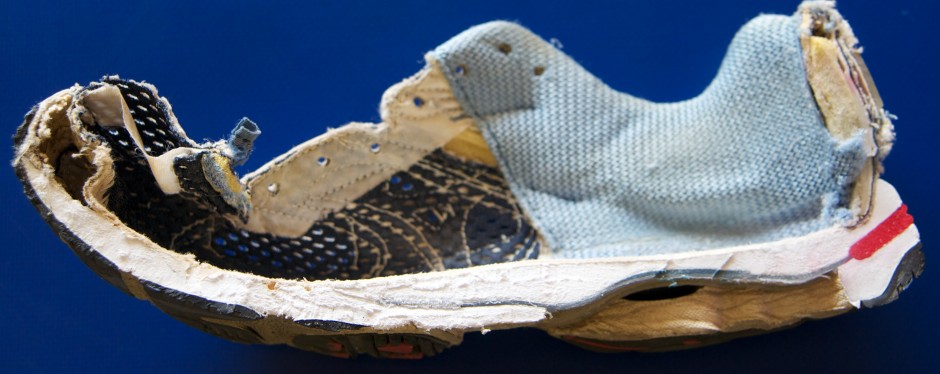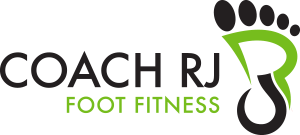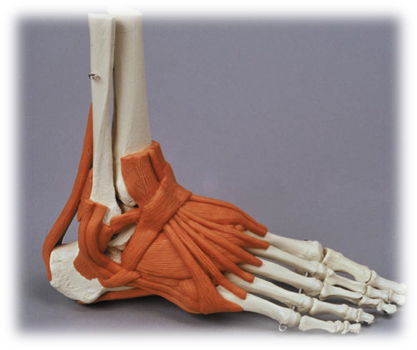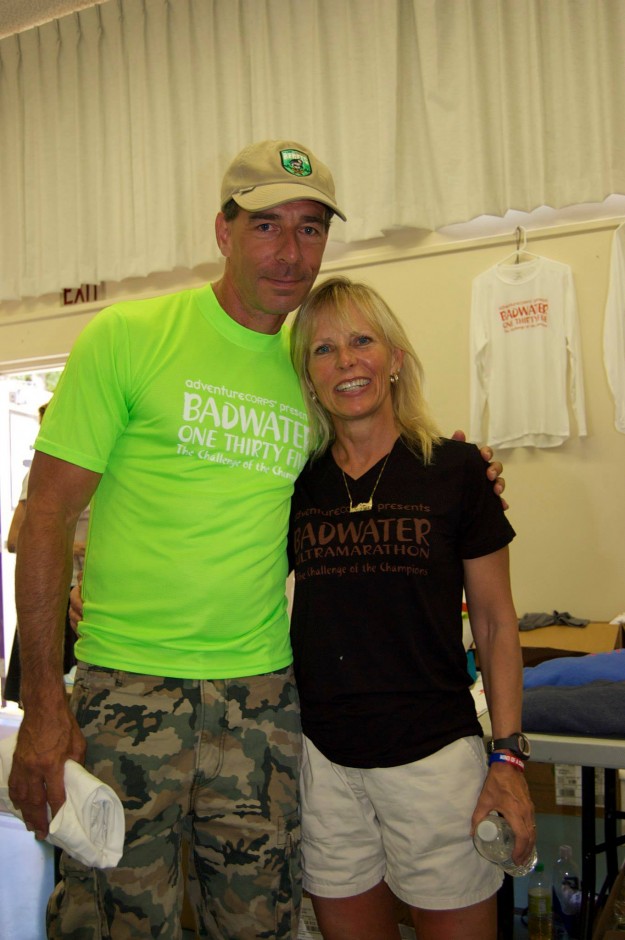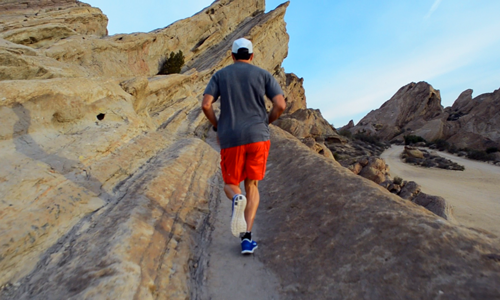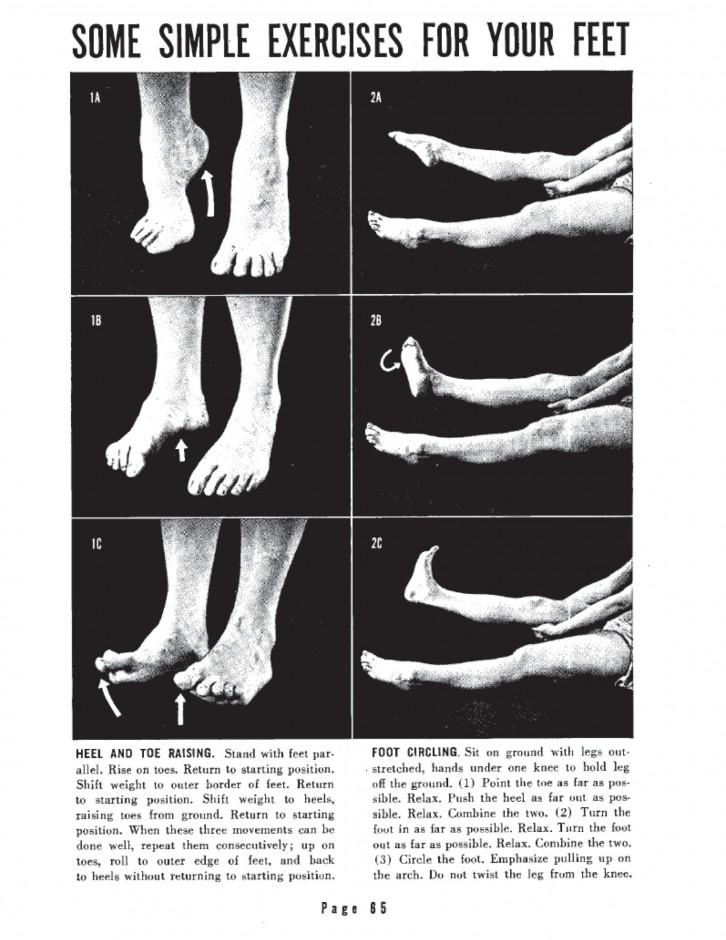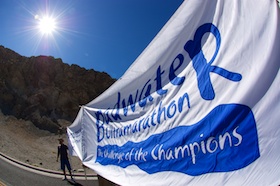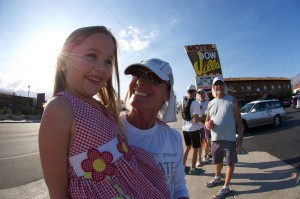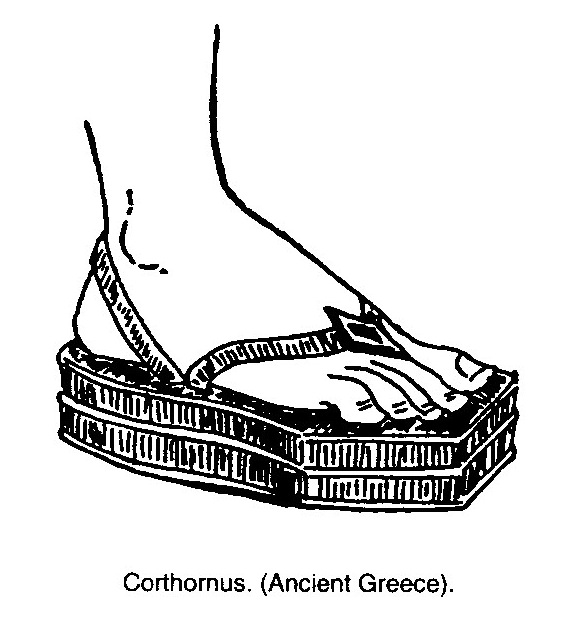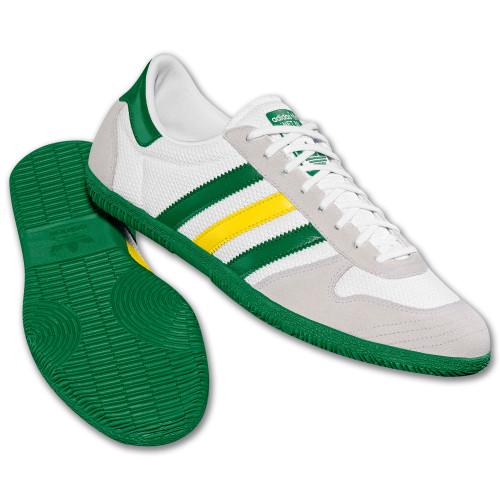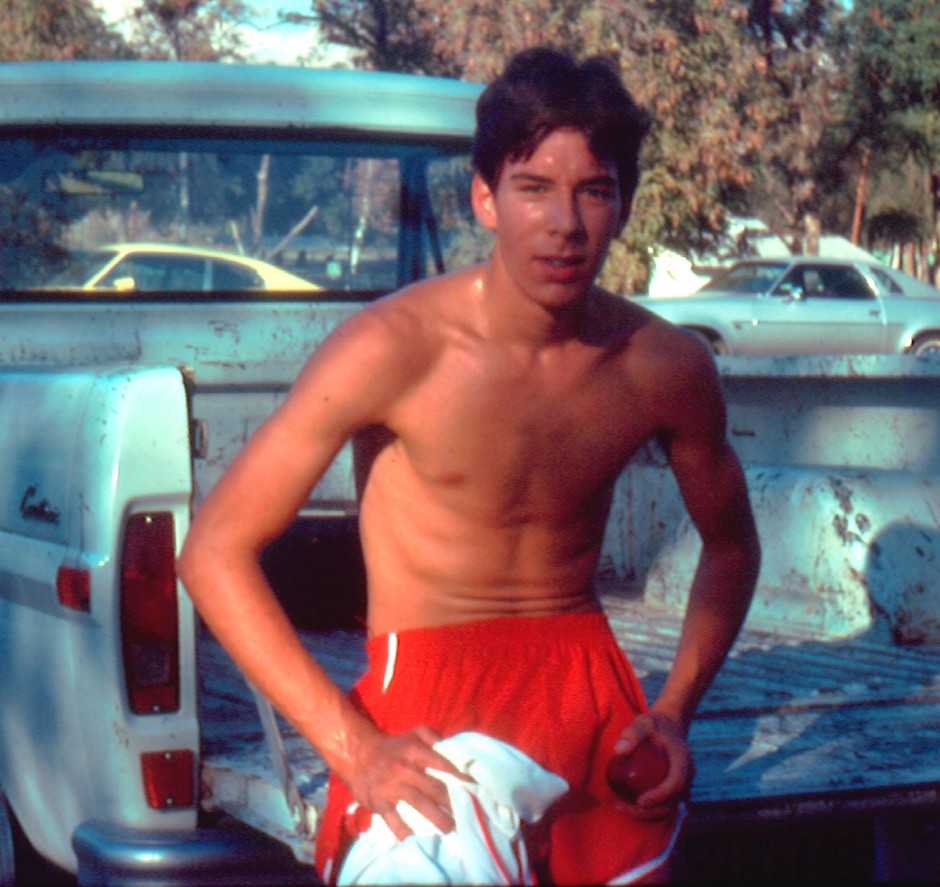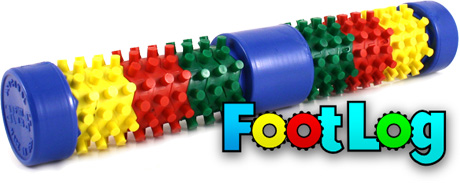Yes, that’s me in the photo after a big Cross Country race…back in 1976 while running JV my junior year for North High School and our beloved Coach Stan Ingram. Yes, I have been running for a while, and, I have a pretty good “track record” for NOT falling while I’m doing it too.
My ten year old son has been thinking about running lately. He “might” want to try cross country and track. We do not push my kids to do sports, but we do expect them to be physically active and fit. Anyway, this has prompted some “coach chat” about running since I have been running for decades, love running, and have coached running from 2nd Grade through collegiate, am the official race course photographer for the Badwater Ultramarathon–plus I have LOTS of enduro running friends too!
We were hiking recently and got on the subject of falling. Not falls in general–but taking an actual fall while doing a training run. I have been running for fitness since the early 1970s, and I have only fallen twice. Once was while running XC in college one early morning of training. We were cutting across a park on a steep grassy slope that was wet with morning dew, I stepped on the wrong slope, and my foot gave away quickly dumping me but without injury. The second time was earlier this spring while trail running. It had just rained. I was descending a steep dirt trail with really slick mud. I got off on the edge of the trail which sloped away from me and lost traction. I was quickly dumped, but again–no injury.
Why I was able to run for decades with only two falls was amazing to my son. So was it luck? No. Was it shoes? No. Two primary reasons basically. First, it was running light with quick feet. I had some great coaching early on that taught me to never “run heavy” or slam my feet down hard. A dead give away to me when running around other people is that when I hear someone loudly banging their feet on the ground–I know they do not run efficiently. If you do land heavy and slip–it’s a lot easier to fall. I have slipped hundreds of times running over the years and had hundreds of “near” ankle sprains, but I run light enough to quickly pull my weight off the compromised foot and transfer weight to the opposite side.
Fast forward a few decades to barefoot running, and it’s the same thing. Run lightly not heavy. Minimize strike force with more efficient gait.
The second primary reason I have only fallen twice while running is because I pay attention and focus on what I am doing! I have not crashed my bike much for the same reason…I pay attention.
Beyond my main two points, the last few years my feet have gotten a lot smarter, much fitter, and better tuned by doing more barefoot walking, barefoot strength and conditioning drills, and by wearing minimalist running shoes which force my feet to figure it out instead of being bullied by the shoes. Feet need to be able to adjust–QUICKLY! Motion control shoes force feet into positions and postures that are not always optimal when running on uneven and sloped surfaces. I cannot say it has always been this keeping me upright because nearly all of my running career I wore stiff motion control over engineered shoes.
So while it’s possible and likely if not eminent that eventually you will fall while running especially when you trail run or run at night like I have, you can really minimize falls by: 1) Running Light, and 2) Paying Attention to where you put your feet. Additionally, getting your feet smarter by wearing “less supportive” footwear can help too.
Run on…and do your best to stay upright. 🙂
